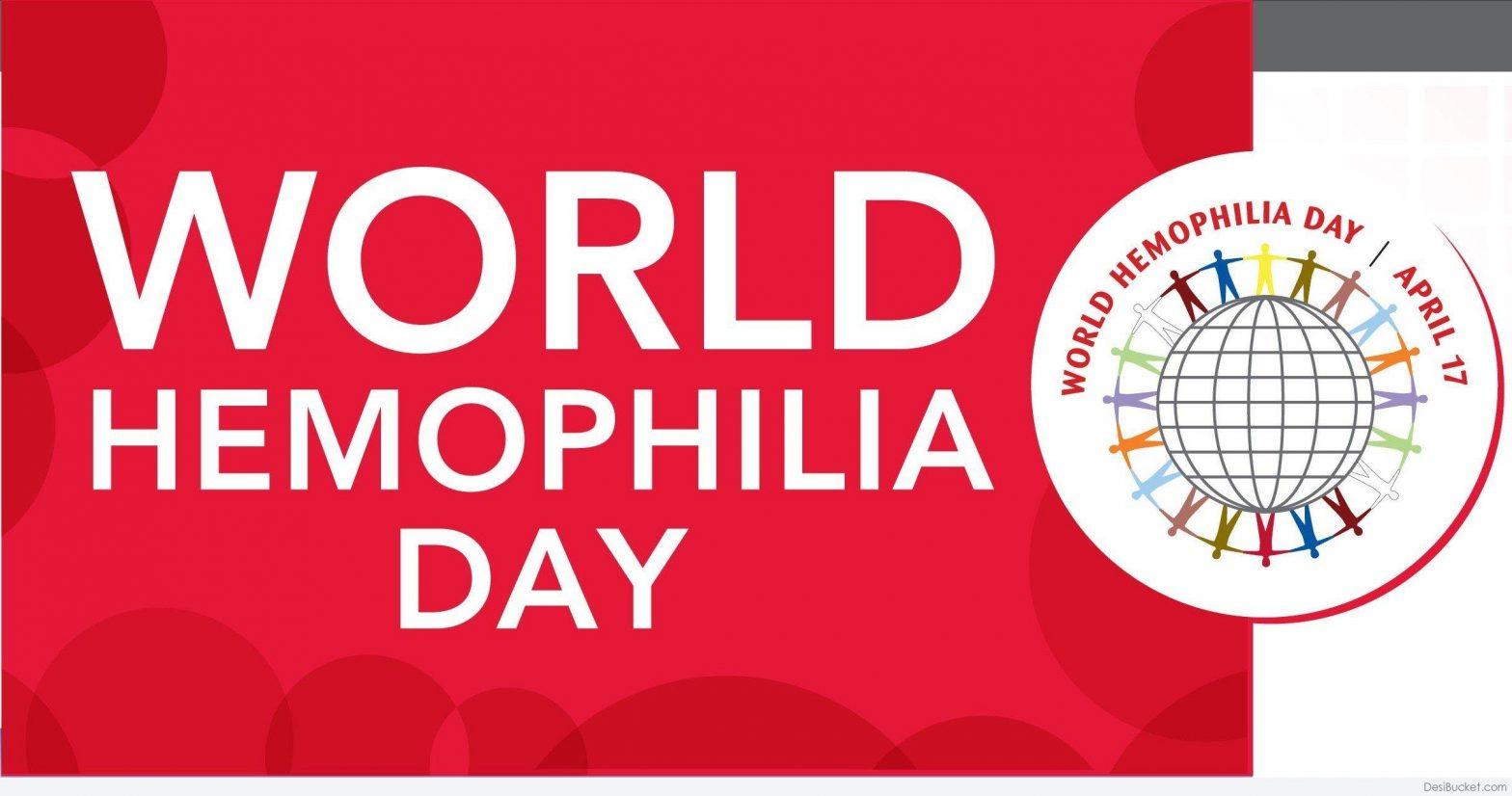New Delhi: World Haemophilia Day is observed on 17th April to raise awareness about hemophilia disease and other bleeding disorders. The day was started in 1989 and is now recognised across the globe for better diagnosis and access to special care. The day also focuses on bringing people with bleeding disorders together worldwide.
What is Hemophilia?
Hemophilia is a medical condition in which blood’s ability to clot is severely curtailed, which causes one to bleed profusely even from a small injury.
The hereditary lack of a coagulation factor, most commonly factor VIII, is said to be the primary reason behind this condition.
World Haemophilia Day: History
World Haemophilia Day was started by the World Federation of Haemophilia in 1989 and 17 April, was chosen to celebrate it in honour of the founder of World Federation Haemophilia Frank Schnabel’s birthday. Actually, Haemophilia was discovered in about the 10th century, when people started to take a serious interest, especially in males, who after minor injuries due to bleeding caused death. At that time this disease was known as Abulcasis. But, due to limited technology, it was not cured. Especially, that time this disease was common in European royal families and was treated with aspirin which further thinned the blood and the condition becomes worse. Then, Dr. John Conrad Otto of Philadelphia in 1803 began to study people called “bleeders” and said that it is a hereditary illness that passes on to males by their mothers. In 1937, haemophilia genetic disorder was divided into two types: A and B. But no proper treatment was invented till that time.
Then, 17 April was chosen to raise awareness among people about Haemophilia disease on the occasion of the founder of WFH birthdays. The day encourages people, increase awareness to collect funds for the treatment of this disease for those people who can’t afford it.
The day is also used to raise awareness and bring understanding and attention to the issues related to proper care to the wider public.








